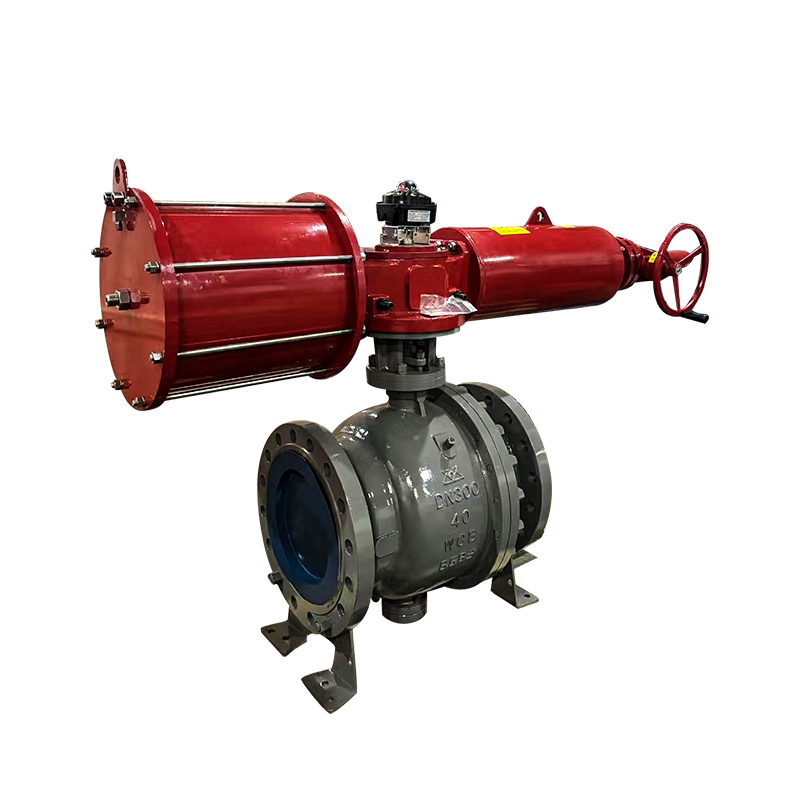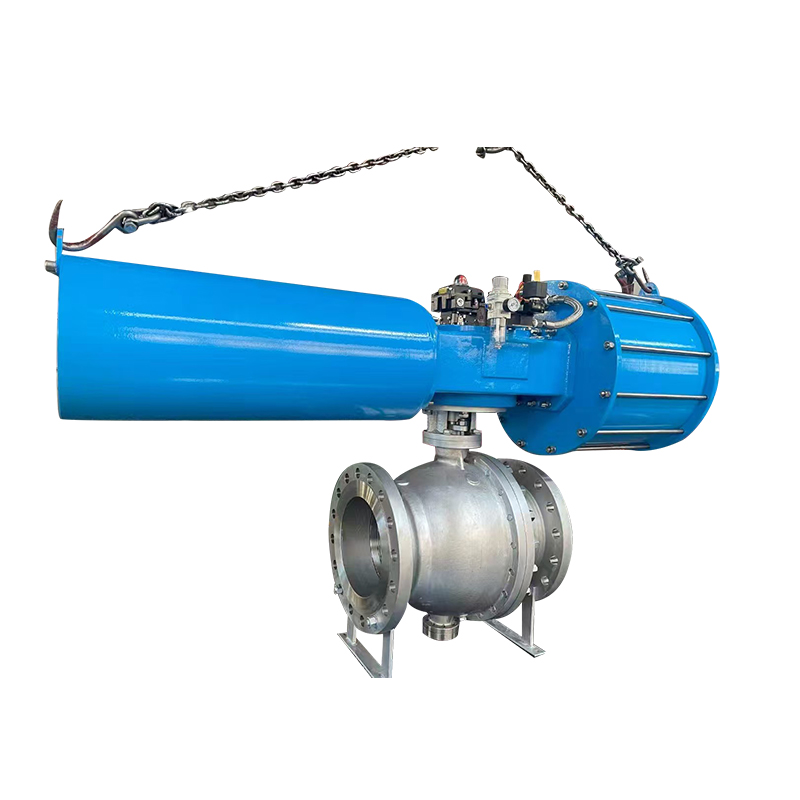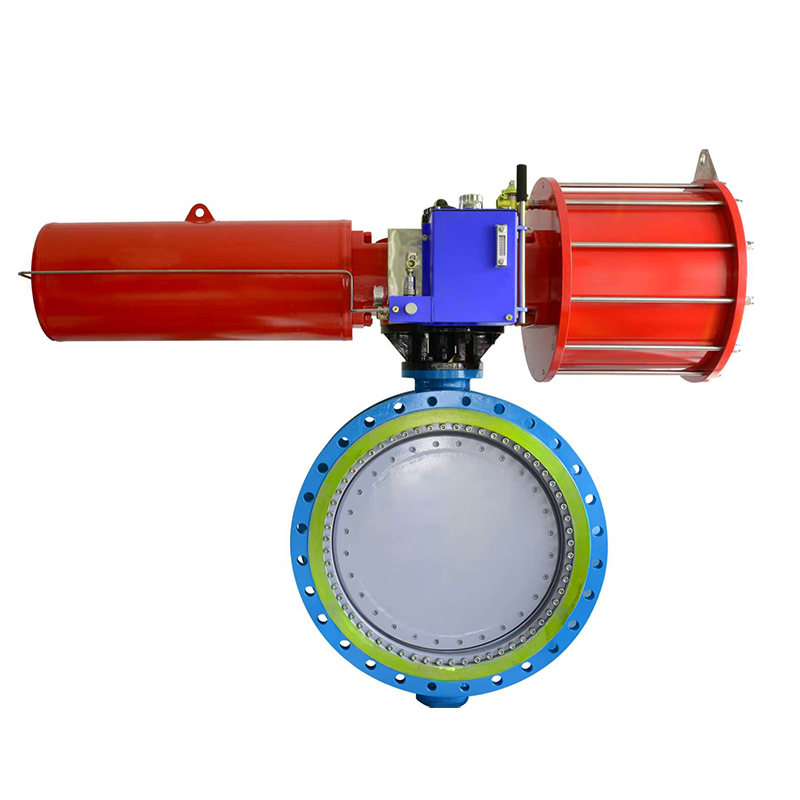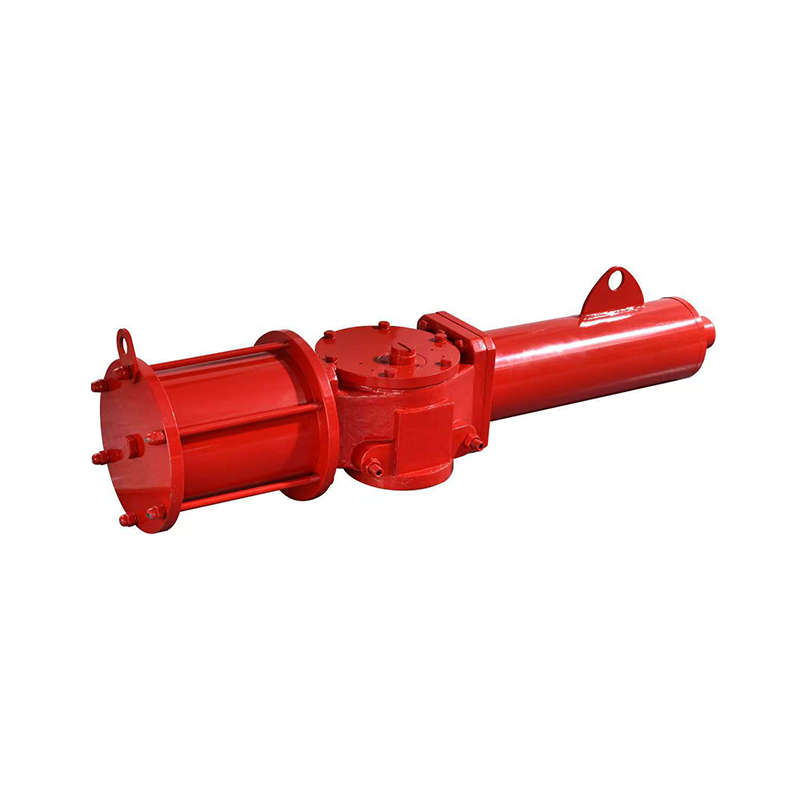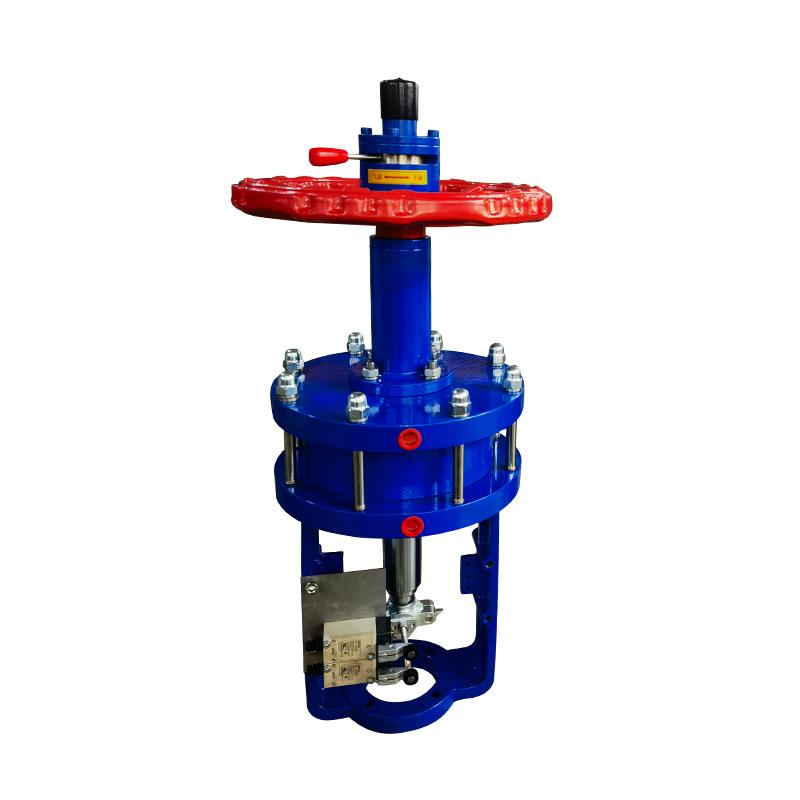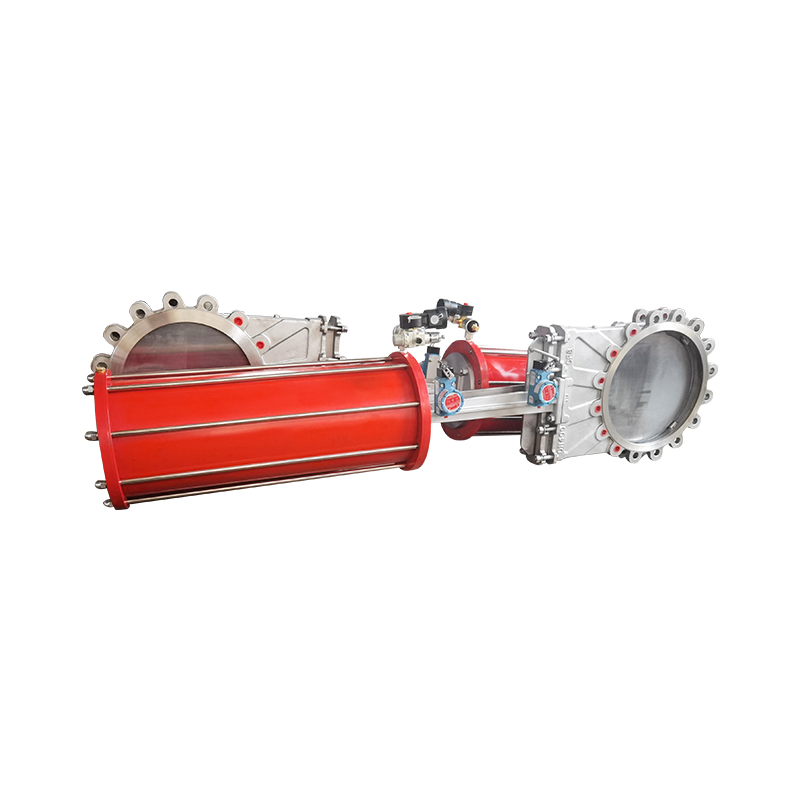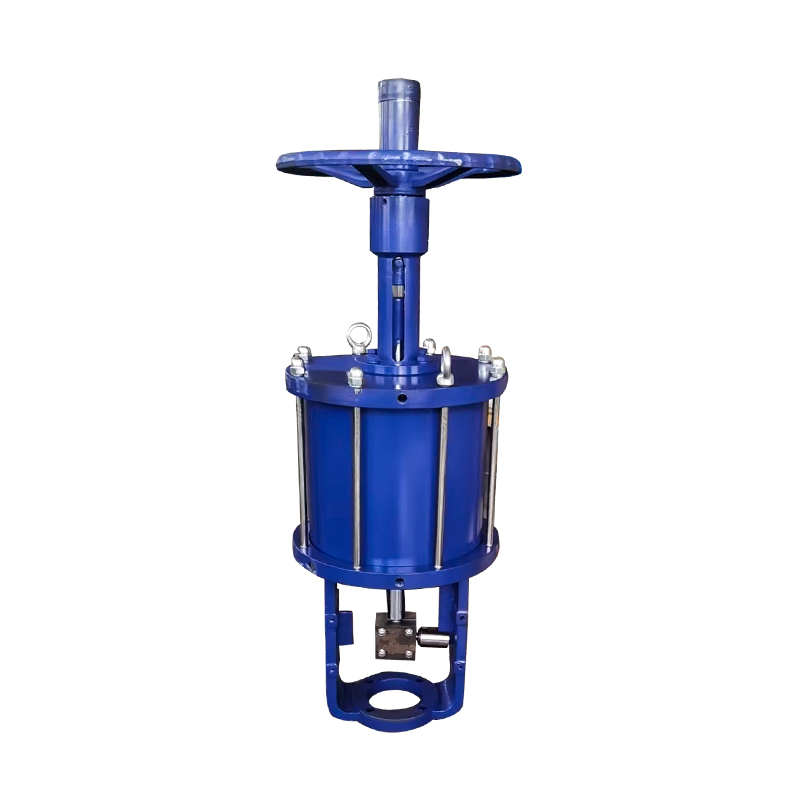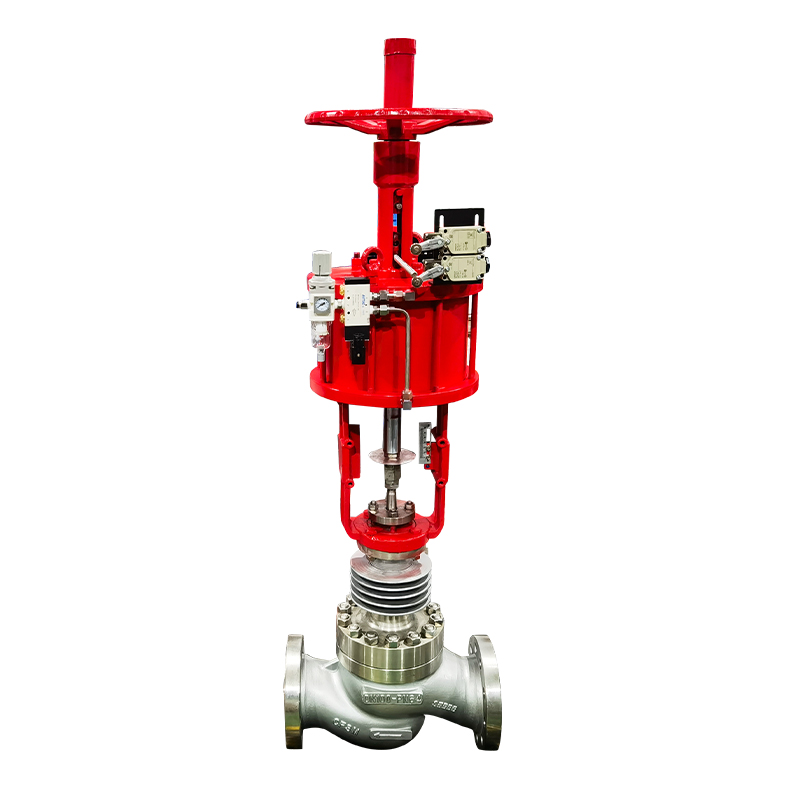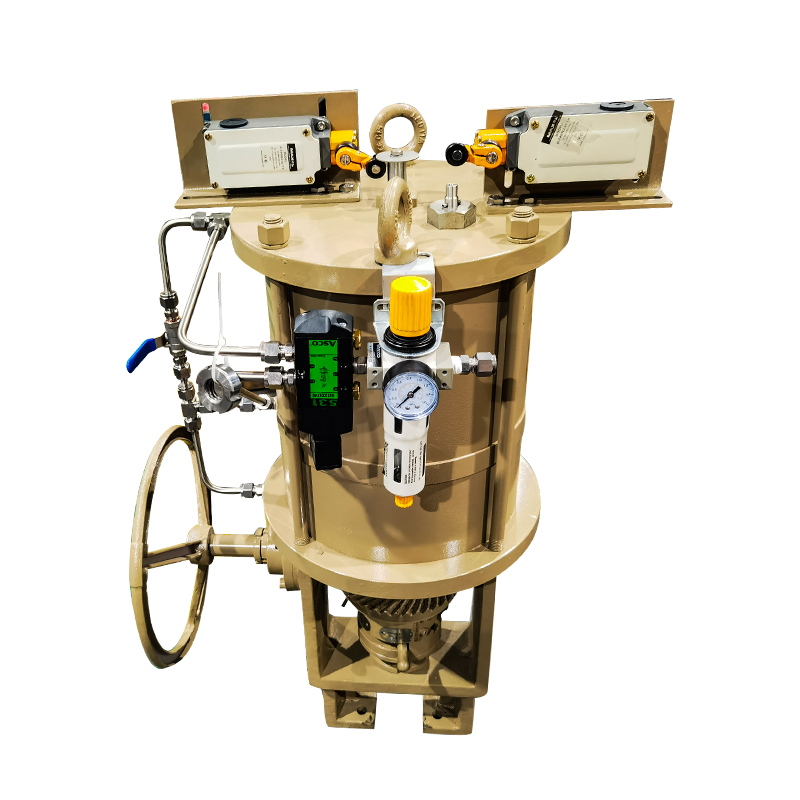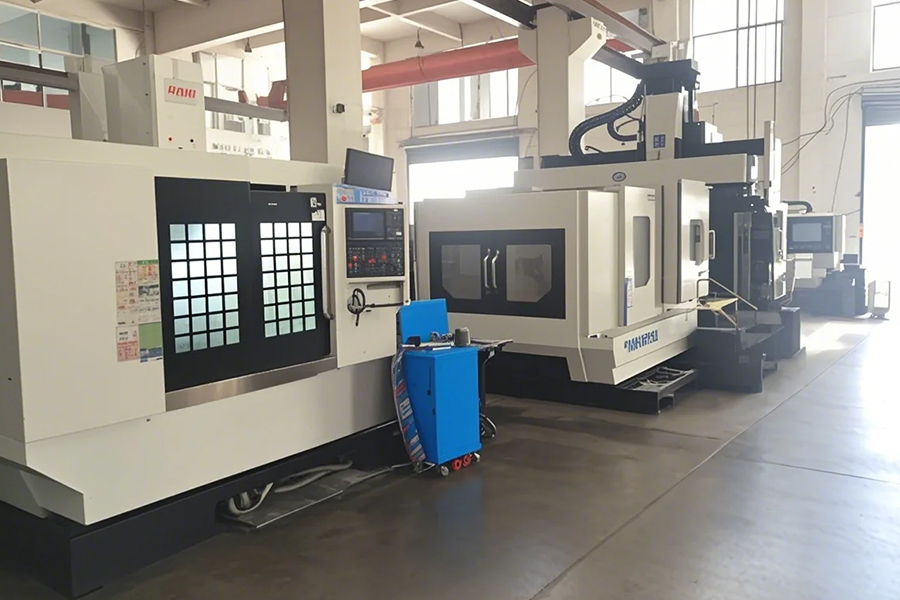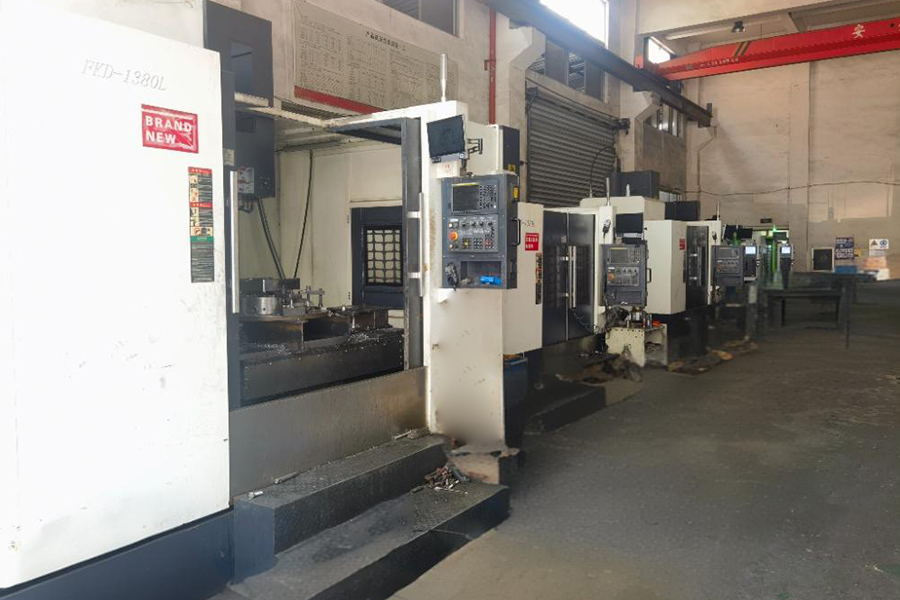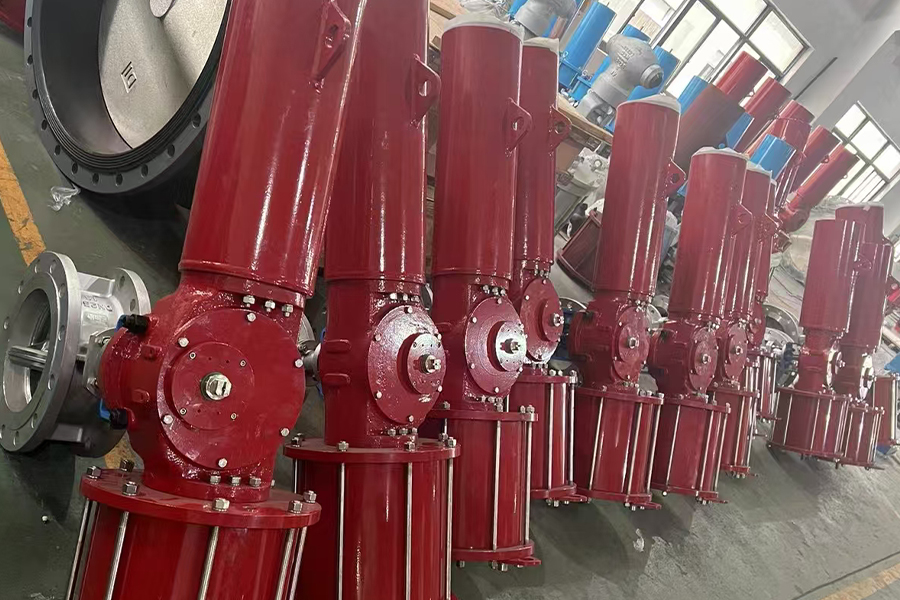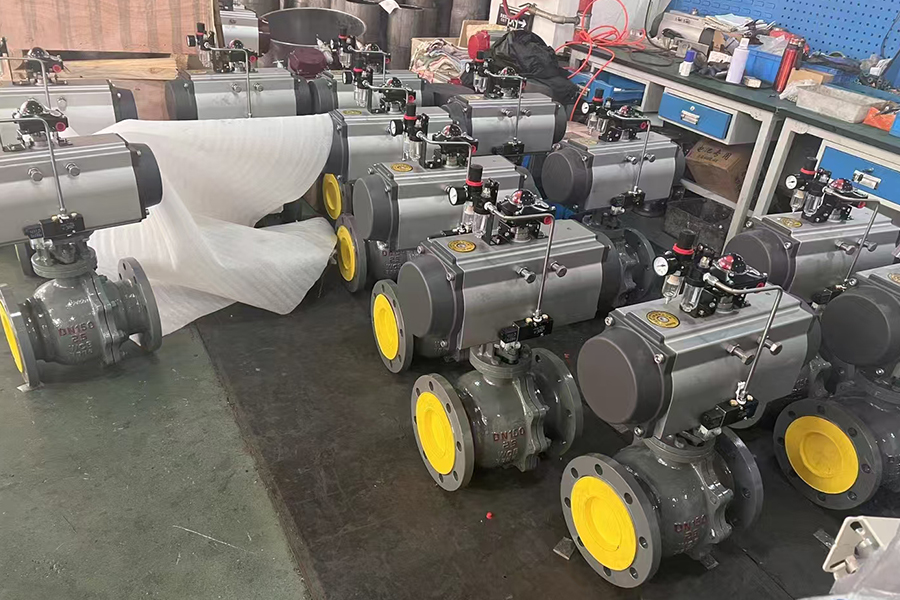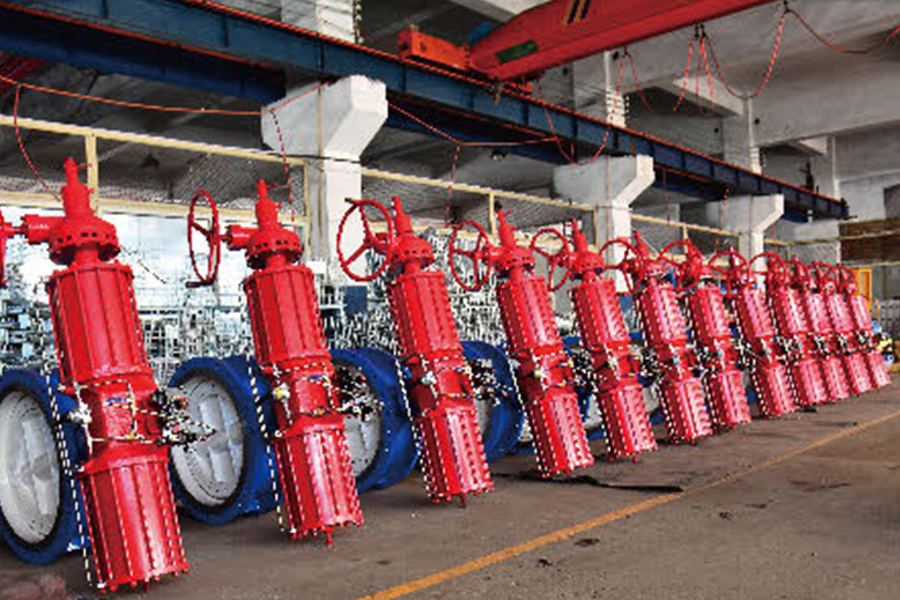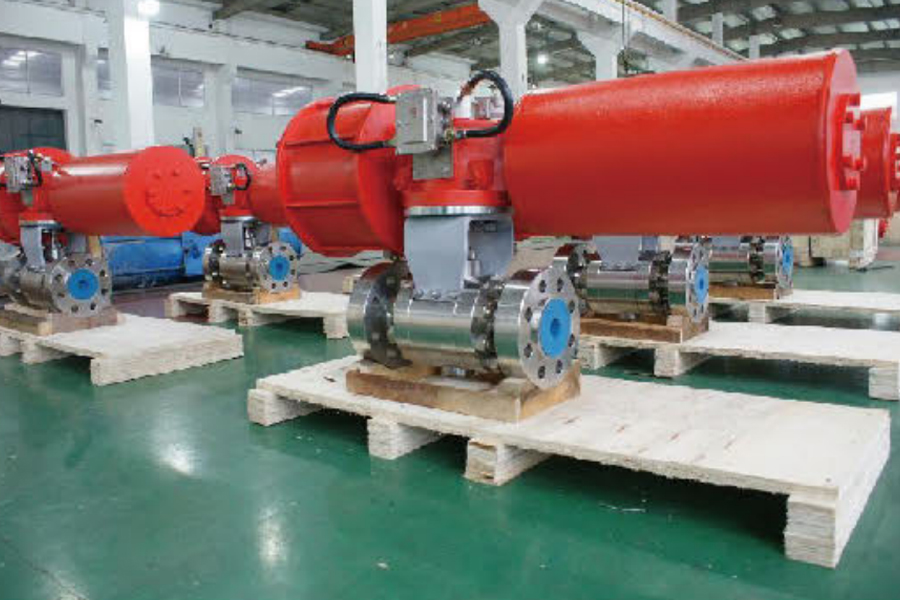Pneumatic systems rely on a variety of specialized components to ensure smooth, efficient, and safe operation. Among these, the Pneumatic Quick Exhaust Valve, the Double Acting Pneumatic Actuator Valve, and the Automatic Air Pressure Relief Valve play critical roles in enhancing system performance and safety. This article explores each of these components, explaining their functions, benefits, and how they contribute to optimized pneumatic control.
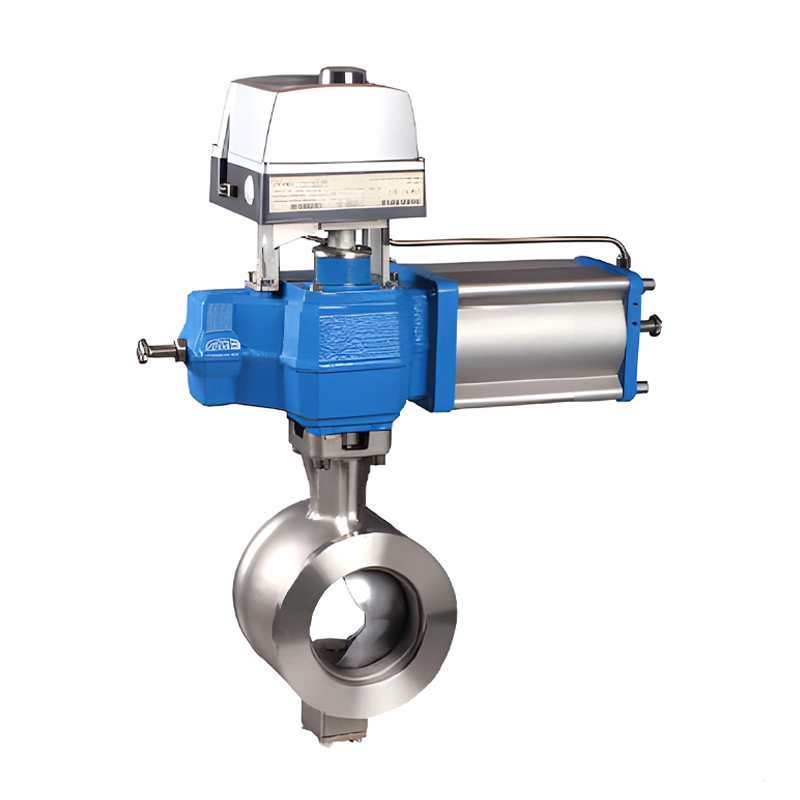
A Pneumatic Quick Exhaust Valve is a vital component used to accelerate the movement of pneumatic actuators, such as cylinders, by rapidly exhausting the air from the actuator's exhaust port. This valve is typically installed near the actuator and works by providing a direct path for the compressed air to escape quickly, instead of routing through longer or more restrictive exhaust lines.
The key advantage of the quick exhaust valve is its ability to improve the actuator's cycle speed. When an actuator moves, the air inside the cylinder needs to be expelled to allow motion. If this air is vented slowly through the main control valve's exhaust, the actuator movement becomes sluggish. The quick exhaust valve bypasses this limitation by opening immediately when the actuator signals air release, allowing faster exhaust and thus quicker retraction or extension of the cylinder.
In practical applications, this valve is especially useful in systems requiring rapid reciprocating motion or where quick response times are critical, such as in packaging machines or robotic arms. The quick exhaust valve also helps reduce wear on the main control valves by limiting their exposure to high flow rates during exhausting.
The Double Acting Pneumatic Actuator Valve is a widely used type of valve actuator that utilizes compressed air to move a valve in two directions—open and close. Unlike single acting actuators that rely on springs for one direction and air pressure for the other, double acting actuators use air pressure on both sides of the piston or diaphragm to generate motion.
This design offers several important benefits. It provides greater control over valve positioning because the actuator can be driven with adjustable air pressure in both directions, allowing smooth and precise operation. Second, double acting actuators typically deliver higher torque or force, enabling them to operate larger or higher pressure valves efficiently.
The operation of a double acting pneumatic actuator valve involves air supply ports connected to either side of the piston inside the actuator. When compressed air enters one side, it pushes the piston in one direction to open or close the valve. Reversing the air flow to the other side moves the piston back, completing the cycle.
These actuators are ideal for industrial applications where valve operation needs to be fast, reliable, and reversible. Industries such as water treatment, chemical processing, and manufacturing commonly use double acting pneumatic actuator valves for automated control of ball valves, butterfly valves, and other types.
The double acting actuator valve's flexibility and durability make it a popular choice for systems requiring dependable bidirectional valve actuation with consistent performance.
An Automatic Air Pressure Relief Valve is a safety device designed to protect pneumatic systems from overpressure conditions. It functions by automatically releasing excess air pressure when it exceeds a predetermined limit, preventing damage to system components or potential hazards caused by pressure buildup.
The valve operates by sensing system pressure and opening to vent air once the set pressure threshold is reached. After the pressure returns to safe levels, the valve closes to maintain normal system operation. This automatic operation eliminates the need for manual intervention and ensures continuous protection.
The presence of an automatic air pressure relief valve is essential in pneumatic circuits where pressure surges may occur due to sudden changes in flow, blockages, or malfunctions. Without this valve, overpressure could cause pipe bursts, actuator damage, or unsafe working conditions.
In addition to safety, these valves also help maintain system stability by preventing pressure spikes that could disrupt precise control of actuators or valves. They are often installed near compressors, pressure regulators, or critical control valves as a line of defense.
Choosing the right pressure relief valve involves considering factors like the allowable pressure, valve size, and response speed. Proper installation and regular maintenance further ensure that the valve performs effectively over time.








